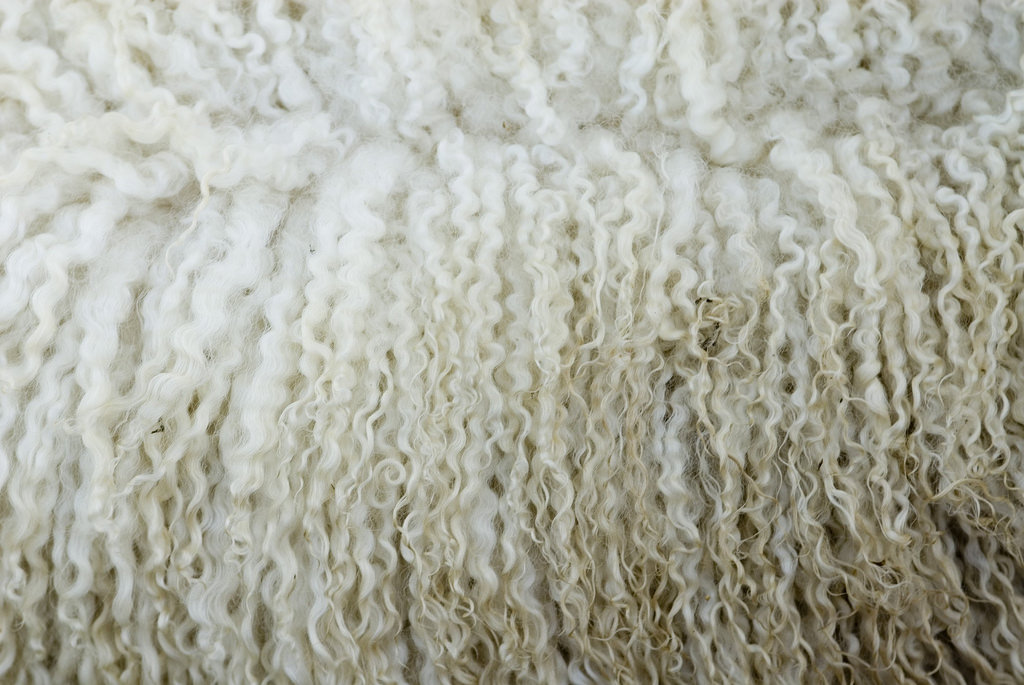Which Wool is best?
Posted by NZ Natural Clothing on 17th Mar 2022
Which Wool is Best?
When it comes to solving problems, nature is up there with the best. We humans have been putting good old mother nature to work for millennia whether that’s the first pots made from clay or transforming silica into glass.
Even the trees have been pretty instrumental throughout history providing sturdy oak gates for ancient castles to keep out invaders or pine for a reasonably priced wardrobe.
The trusty sheep is no exception and has served humans faithfully since the year dot with food and fleece.
But as we know, not all sheep are the same and neither is their fleece so when we’re asked by customers which wool is best, we tend to answer with a question of our own: what is it being used for?

The right wool for the job
Just as oak is better than pine for castle gates but isn’t necessary for a perfectly serviceable bookcase, the various types of wool available are better suited to certain uses.
Here’s a breakdown of some of the most common NZ wools and what they’re good for:
Merino
Our fondness for merino wool is no secret. We love the stuff. It’s practically magical thanks to its unique properties.
The thin but super dense fibres make it perfect for clothing without the bulkiness or the itching and it can cope with both heat and extreme cold.
Also because of its breathable nature, it makes a pretty amazing pair of socks as they prevent odour.
Romney
Romney wool is mostly used in carpet by volume, but we have our coarser wool jersey blends made from this wool.
Phil and Julie are working with Palliser Ridge Station right now to put Romney lambswool on the shelves in natural and dyed skeins and balls with the hope of a Guernsey style jersey sampled when our 100kgs of spun fibre hits us.
Corriedale
Corriedale is a bit of a cheat as it’s halfbred derived from - you guessed it - merino sheep.
In the 1800s a sheep farmer by the name of James Little wanted a breed of sheep that offered an excellent fleece and a decent cut of meat.
Having his fleece and eating it.
The Corriedale offers a longer fibre than the merino and it grows back faster which can make for a good investment.
The wool i far bulkier than merino wool however - roughly twice as thick - which makes it great for chunky knit scarves (boy bands of the world rejoice) but don’t put it near your feet or you’ll suddenly find yourself short on friends.
Border Leicester
Originally from England, the border leicester found its way to our shores in the 1800s and was part of James Little’s Corriedale experiment.
They’re a hardy breed and are regularly used for crossbreeding due to their high fertility and good mothering qualities.
The border leicester’s wool is long and lustrous and can be easily worked. However you’re unlikely to find anyone with a border leicester pullover. This wool tends to end up in upholstery and carpet yarns.
Lincoln
The lincoln is one of the oldest breeds of sheep with evidence to suggest they were roaming the English hills over 5,000 years ago.
Experts also believe they are the original longhair breed and all others can trace their genetics back to the lincoln.
It’s no surprise the lincoln has lasted so long: it’s a seriously hardy breed with a fleece to match. It grows an inch a month and is one of the heaviest - if not the heaviest - wool in the market. Eighteen inches of fibre will weigh around 30lbs.
Lincoln wool is strong and stable and can be found in wool clothing of all types and other textiles where durability is more of a concern than comfort - your common or garden coarse wool.
Polwarth
Originally from Australia, the Polwarth has been part of NZ farming since the 1930s. A crossbreed of merino and lincoln sheep, the polwarth has all the benefits of the merino - the stable fibre, low grease and luxurious feel - with the length provided by the lincoln.
It’s easy to mill and it’s easy to work with making it a hit with hand knitters and manufacturers alike.
Polwarth, as you would expect, a heavier fleece so is used in luxury wool products. With a world shortage of polwarth you can expect the luxury element to carry with it a hefty price tag.

Fleece for purpose
Intended purpose is everything. It would be very easy for us to say one wool is better over another because we like it the best but our preferences and requirements aren’t necessarily the same as everyone else.
As much as we prefer the luxury feel of merino wool, a coarse wool jumper may be exactly what’s needed.
Although it’s funny to think that some of the most relied on breeds in the country - and the world - are in some way connected to merino wool.
But it also highlights the skill and dedication of the New Zealand farming community to create breeds of sheep that provide manufacturers and customers with a reliable and sustainable product no matter its intended purpose.
Ultimately it’s important to know the kind of wool you’re buying so you know what to expect from it. Buying lincoln, expecting polwarth is going to make for a very disappointing experience.
Plus when you opt for wool products you’re supporting the New Zealand economy as well as choosing a sustainable and recyclable alternative to synthetics.
Check out our extensive range of wool products by clicking here or learn more about the magic of merino wool by checking out our blog post.

